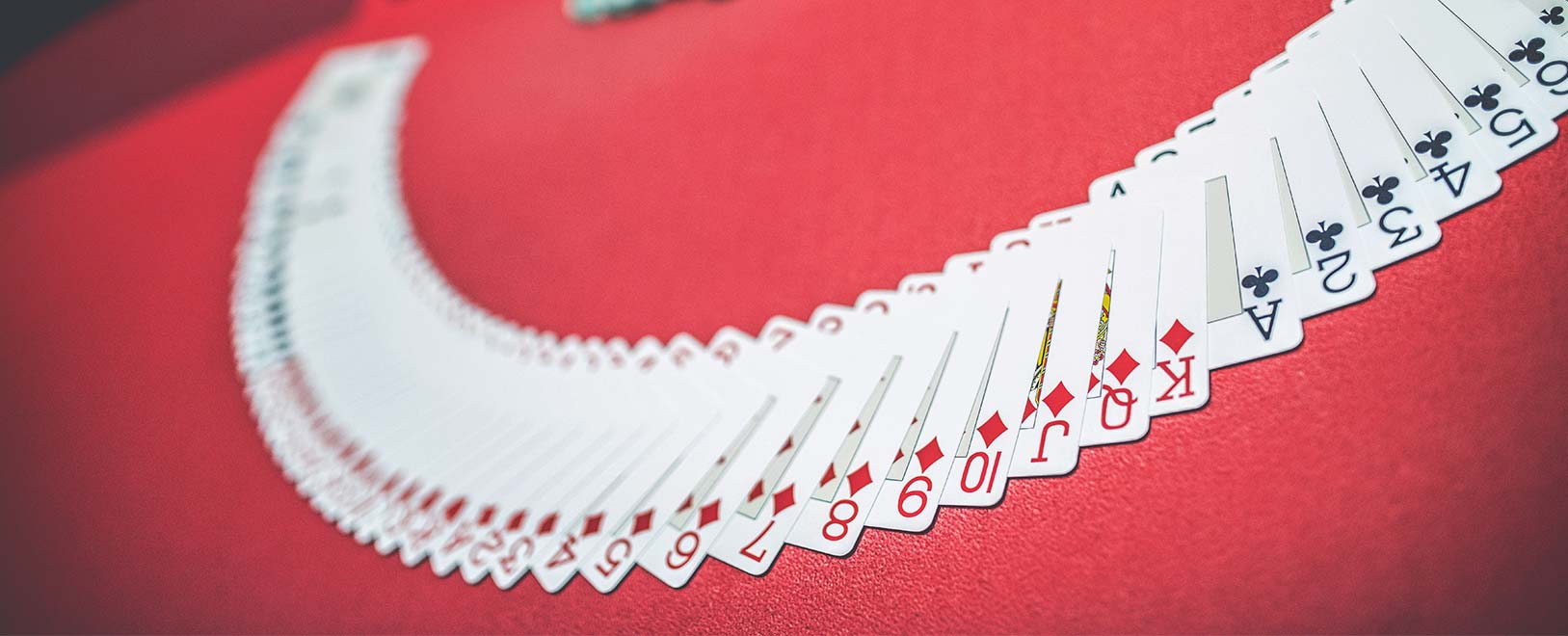Making the leap from beginner to poker expert takes years of training and hard work – and even then, not everyone can pull it off. On the other hand, just about anyone can learn how to win cash game poker consistently at the intermediate level. It doesn’t take too long, either, provided you practice a little almost every day and keep climbing that ladder to success.
We’re here to help. If you’ve already dabbled at the poker cash games here at Bovada, and you know the basics, the next step is to sharpen your ABC poker skills. This will put you in position to be a dominant player at the microstakes, and a winner at the low stakes. Once you’ve proven yourself at those levels, you’ll have the foundation you need to pursue an advanced poker cash game strategy, if you choose to accept that mission. Here are five things to keep in mind for your next session at Bovada:
1. Play Conservatively with Medium Hands
People who are brand-new to poker are advised to stay away from marginal, medium-strength hands in general, until they’ve had a chance to get their feet wet. But at some point, your online poker cash game strategy will have to include these hands if you want to be a winning player. The best approach with these hands is still a cautious approach. Remember the mantra: Big hand, big pot. Small hand, small pot. Don’t get greedy when you’ve got a medium-strength hand – be willing instead to play more passively and take “pot control” lines that involve checking and calling rather than betting and raising.
2. Play Aggressively with Strong Hands
Don’t get too carried away with passive play, though. For the most part, you should still be aggressive when you’re playing online poker cash games and you find yourself with a big hand. As a rule of thumb, if you’re playing No-Limit Texas Hold’em and you make two pair or better on the flop, go for the full three streets of value (flop, turn and river). This is especially important at the lower stakes, where your opponents are more likely to pay you off. Don’t let the worm wriggle off the hook.
3. Bluff the Runner-Runner
Bluffing is another one of those things that newer players should do sparingly, like when they have at least an open-ended straight draw or a flush draw on the flop. Now it’s time to expand your repertoire. The next step is to bluff when you’ve got three of the cards you need to make a big hand instead of four. Not just any three cards, mind you; look for situations where you have the best chance of going “runner-runner” and completing your draw, in case your opponent won’t fold.
Here’s a classic Hold’em betting example: You call an early-position open from the big blind with Seven-Six, both Hearts, and the flop comes Nine-Five-Deuce with the Five of Hearts. Now you’ve got pretty much an ideal check-raise bluff situation with the backdoor straight flush draw – and no big cards on the flop that are likely to connect with your opponent. If they call the flop and the turn gives you one of the two runners you need, go ahead and double-barrel. If they call the turn and your runner-runner draw doesn’t come in, lean towards shutting down until you’re a more advanced player.
4. Three-Bet with High-Level Hands
It wasn’t that long ago when the 3-bet was the most feared play in poker. Now, thanks in no small part to Doyle Brunson, people understand the power of the aggressive 3-bet. Beginners should only do this with premium hands; you’ll need to 3-bet more often than that to be a true winning player, but don’t do it with trash like they sometimes do in the high-roller poker cash games. Stick with a “linear range” instead, and raise a certain percentage of your strongest hands, depending on the usual factors like position and stack depth.
5. Don’t Hold Back Heads-Up
Have you tried playing heads-up poker yet? They say it’s the purest form of poker, and it’s definitely a great way to learn the game. That’s because you’ll have the incentive to play almost every single hand. Since it’s just you versus a single opponent, it makes sense to open nearly all of the time from the small blind, and defend (either call or raise) almost as liberally. Since everyone’s ranges are so wide heads-up, you might go for three streets of value post-flop with just a pair. It’ll take some getting used to, but be brave, and be willing to get your money in with hands you wouldn’t dream about betting when you’re playing at the 6-max or full-ring tables.
We can’t stress enough the importance of playing heads-up poker if you really want to improve your game. Chances are you like to play tournaments as well as cash games – and if you want to win a tournament, you’ll have to play heads-up at some point. There’s a gigantic pay jump between first and second place, so even if you only get there every once in a while, learning how to play heads-up poker can pay off big-time down the road.
Assuming you’ve had some experience playing the cash tables at Bovada Poker, these five tips should already make sense to you. Developing a winning poker strategy is a lot like carving a statue: You start by removing large chunks, then you work on the finer details. This is the time to start working on those details. If you follow these tips, you’ll be playing more marginal, medium-strength hands than beginners do, you’ll be 3-betting pre-flop more often, and you’ll be bluffing post-flop more often. Keep chipping away, and eventually, you’ll be doing all these things at just about the same frequency as the top professionals.
